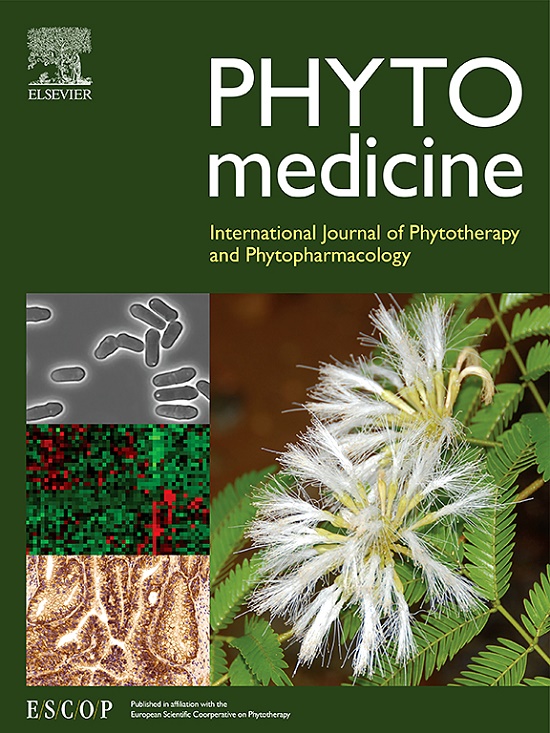AMP1-1 alleviates bone loss in weightless rats by reducing peripheral 5-HT content via the microbiota-gut-bone axis
IF 6.7
1区 医学
Q1 CHEMISTRY, MEDICINAL
引用次数: 0
Abstract
Background
Weightlessness-induced bone loss (WIBL) refers to the reduction of bone mass and the decline of bone resistance to load in a weightless environment. However, current treatment strategies aimed at increasing bone mass are associated with various limitations and side effects, highlighting the urgent need for safer and more effective therapeutic options to address WIBL.
Purpose
We aimed to further explore the potential mechanism of the anti-WIBL effect of Atractylodes macrocephalon polysaccharide1-1(AMP1-1). To find a better way to treat WIBL and provide new insights for the development of therapeutic drugs for this condition.
Methods
Firstly, the anti-weightlessness bone loss of AMP1-1 was verified by micro‐computed tomography (Micro-CT), three-point mechanical bending test and Western Blot (WB). Subsequently, the intestinal barrier was examined using histopathology, immunohistochemistry (IHC), and WB. Finally, validation experiments were performed using fecal microbiota transplantation (FMT). After FMT, 16S rDNA sequencing was used to analyze the gut microbiota composition in the rat feces.
Results
AMP1-1 was able to inhibit WIBL by enhancing bone mass, improving toughness, and increasing osteogenic activity. Meanwhile, AMP1-1 reduced peripheral 5-HT content by restoring enterochromaffin cell function through gut microbiota regulation and tight junction repair. FMT of rat fecal microbiota after gavage of AMP1-1 into tail suspension rats still has the effects of regulating gut microbiota, repairing intestinal barrier and reducing bone loss.
Conclusion
Our results demonstrate that AMP1-1 exerts a protective effect against WIBL in rats, potentially by modulating 5-HT content and 5-HT-related metabolism in bone tissue through microbiota-gut-bone axis. This study is the first to elucidate the mechanism of AMP1-1 in mitigating WIBL through the perspective of the microbiota-gut-bone axis. Moreover, this research integrates plant extract research with the issue of bone loss induced by microgravity (aerospace medicine), thereby opening new avenues for natural drug research.

求助全文
约1分钟内获得全文
求助全文
来源期刊

Phytomedicine
医学-药学
CiteScore
10.30
自引率
5.10%
发文量
670
审稿时长
91 days
期刊介绍:
Phytomedicine is a therapy-oriented journal that publishes innovative studies on the efficacy, safety, quality, and mechanisms of action of specified plant extracts, phytopharmaceuticals, and their isolated constituents. This includes clinical, pharmacological, pharmacokinetic, and toxicological studies of herbal medicinal products, preparations, and purified compounds with defined and consistent quality, ensuring reproducible pharmacological activity. Founded in 1994, Phytomedicine aims to focus and stimulate research in this field and establish internationally accepted scientific standards for pharmacological studies, proof of clinical efficacy, and safety of phytomedicines.
 求助内容:
求助内容: 应助结果提醒方式:
应助结果提醒方式:


